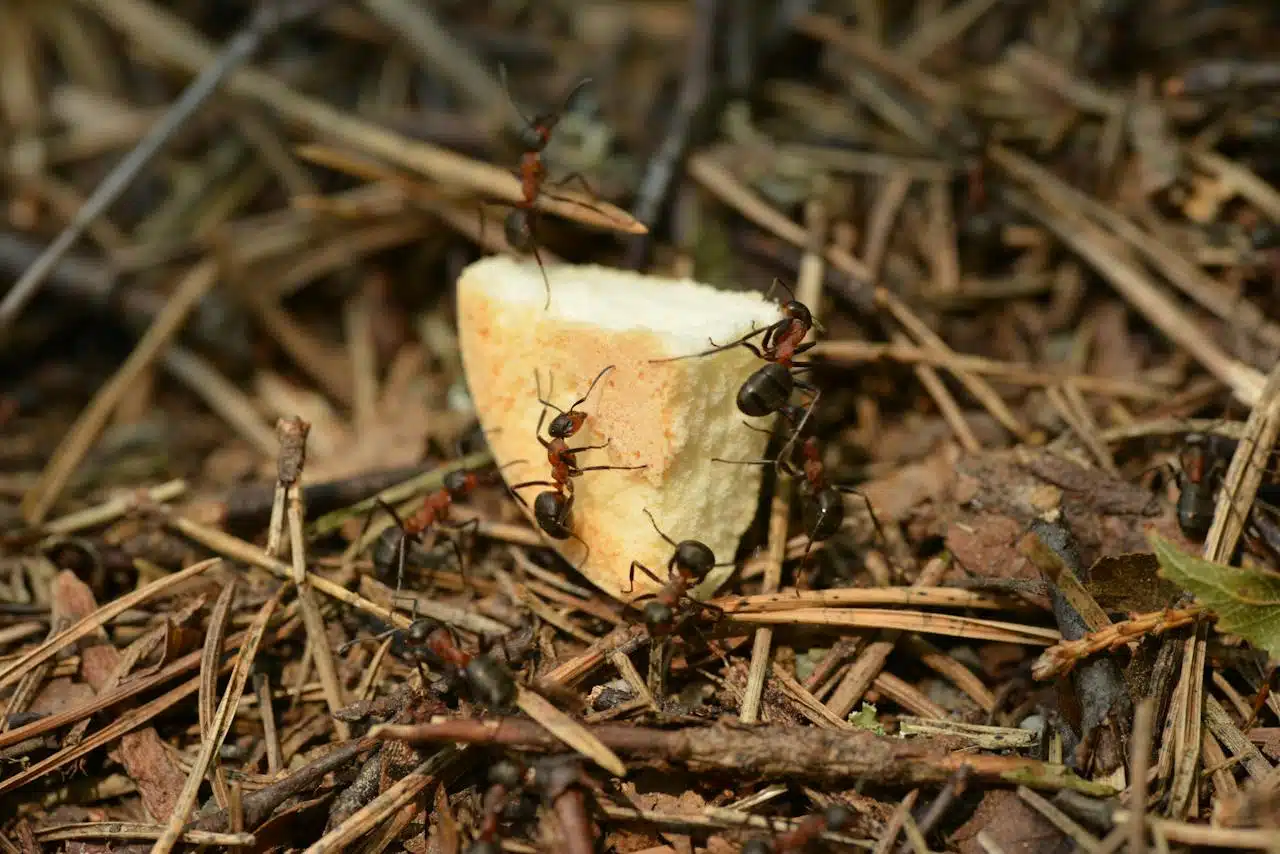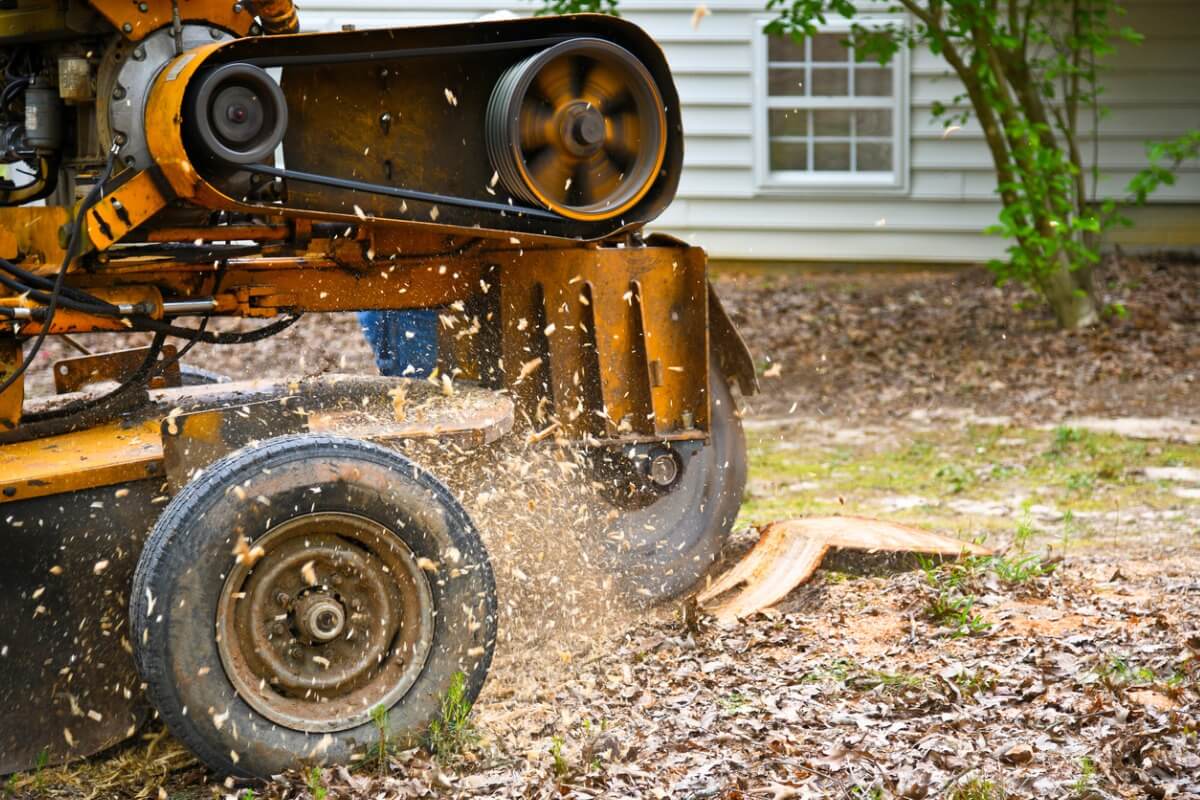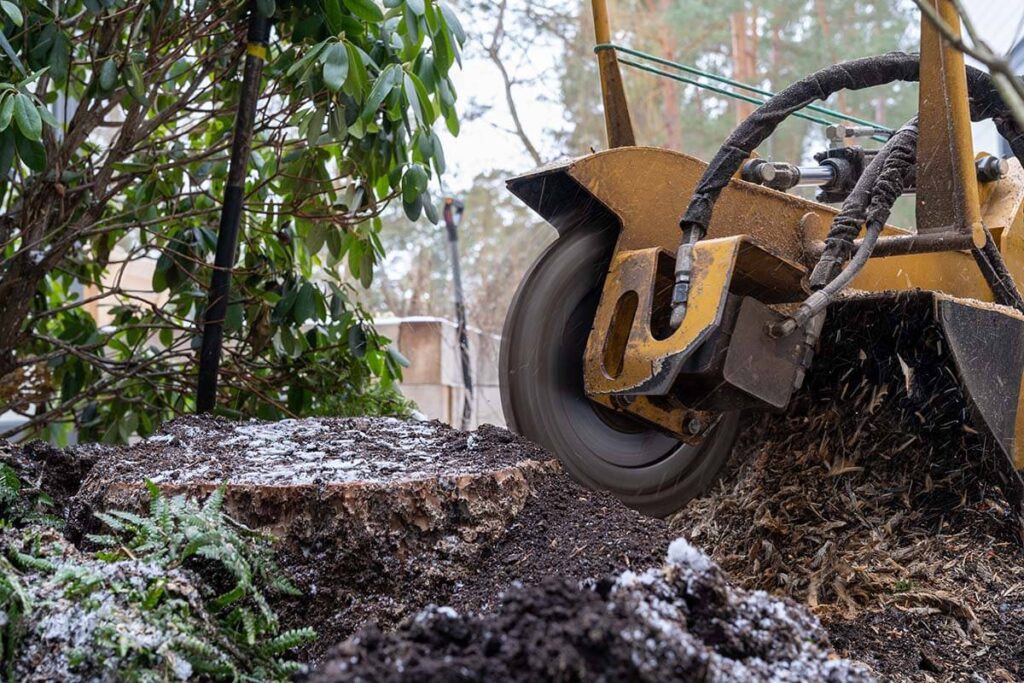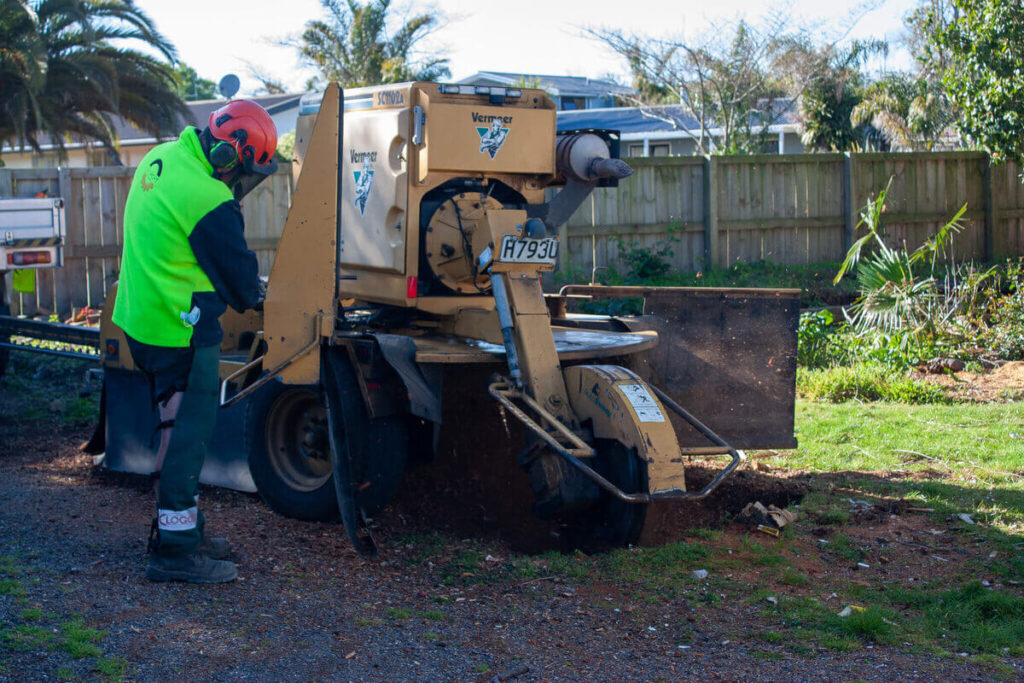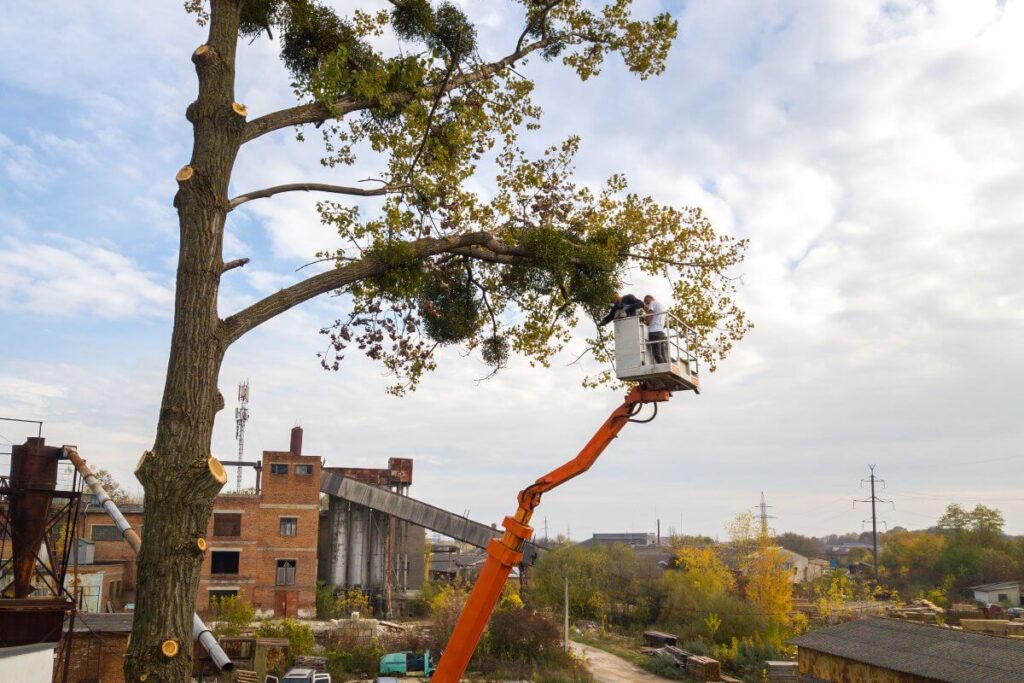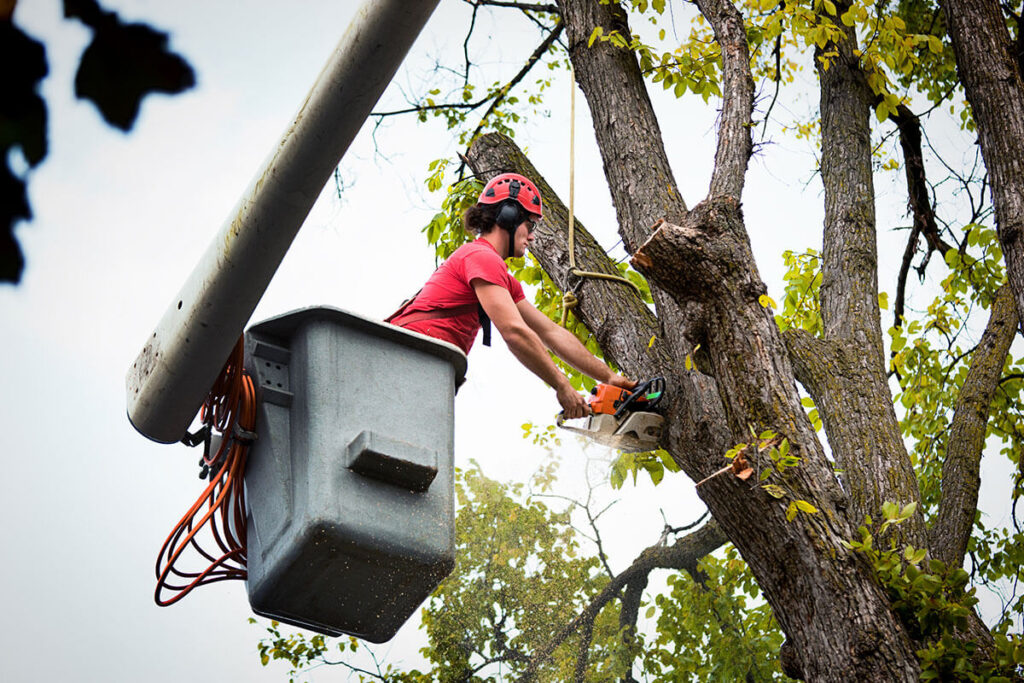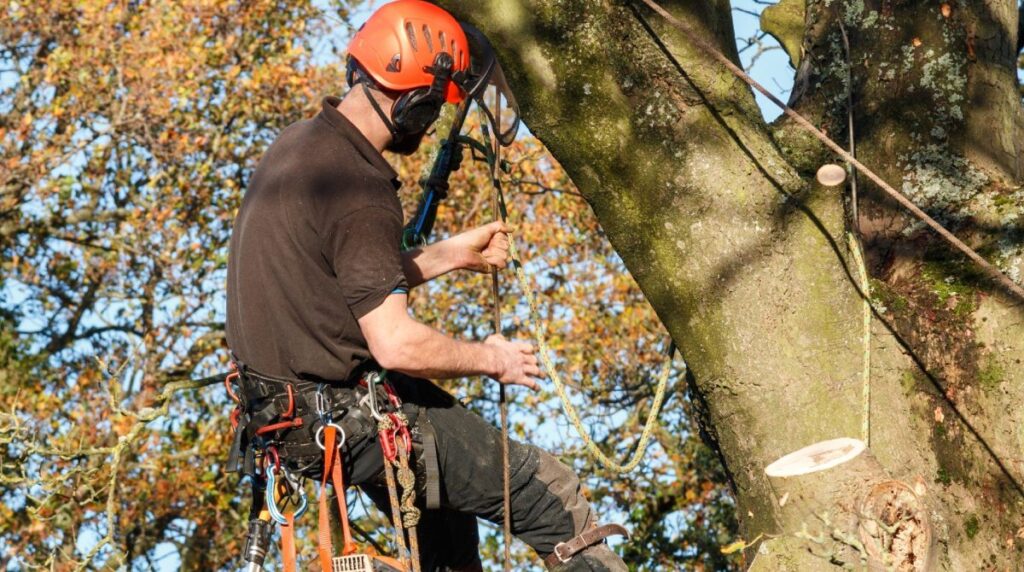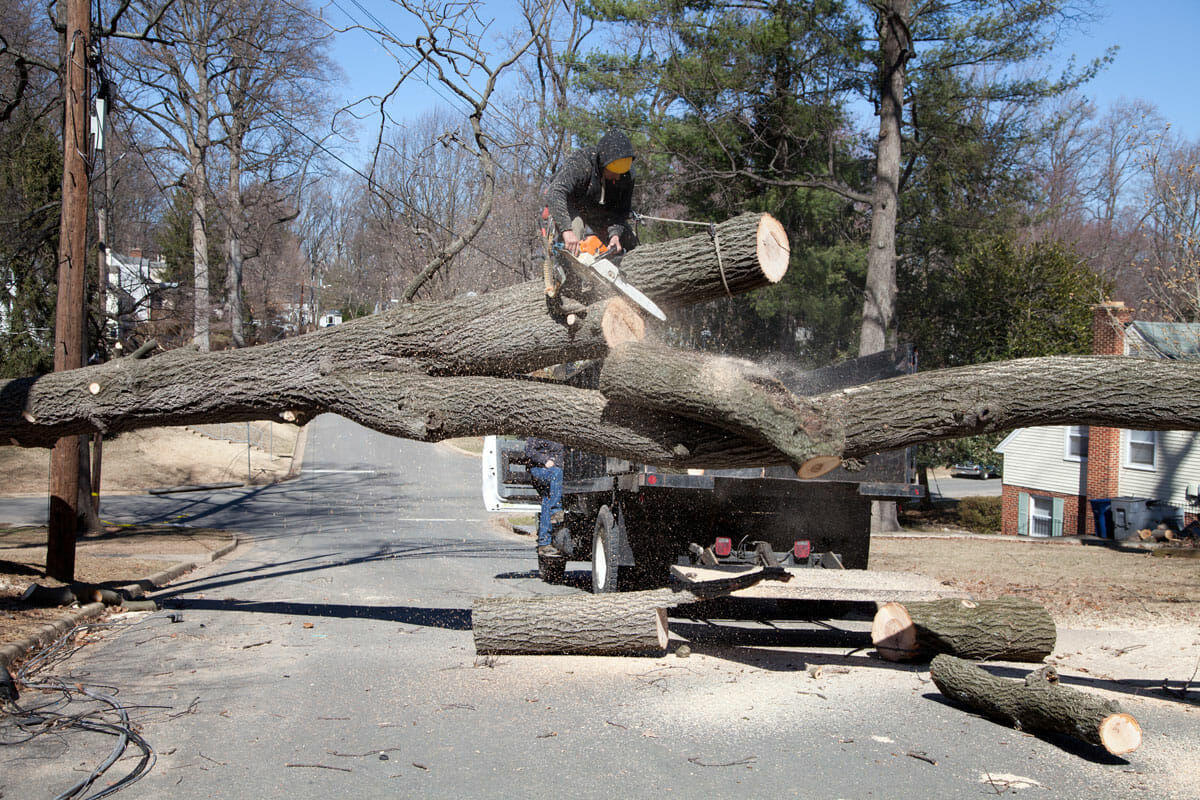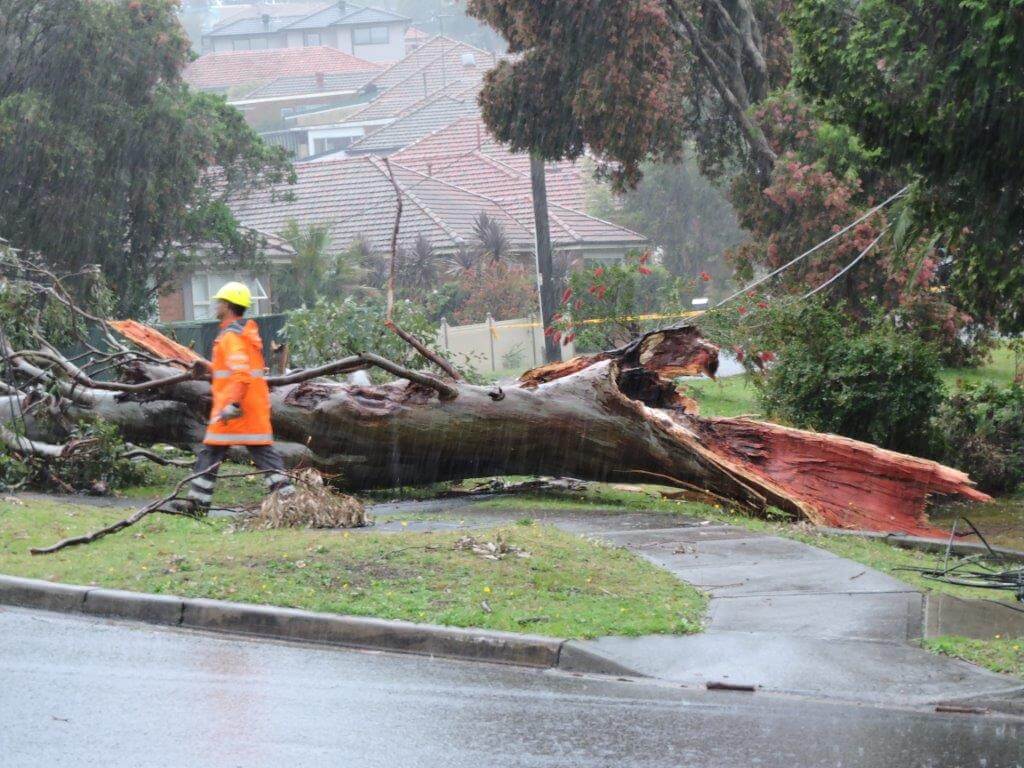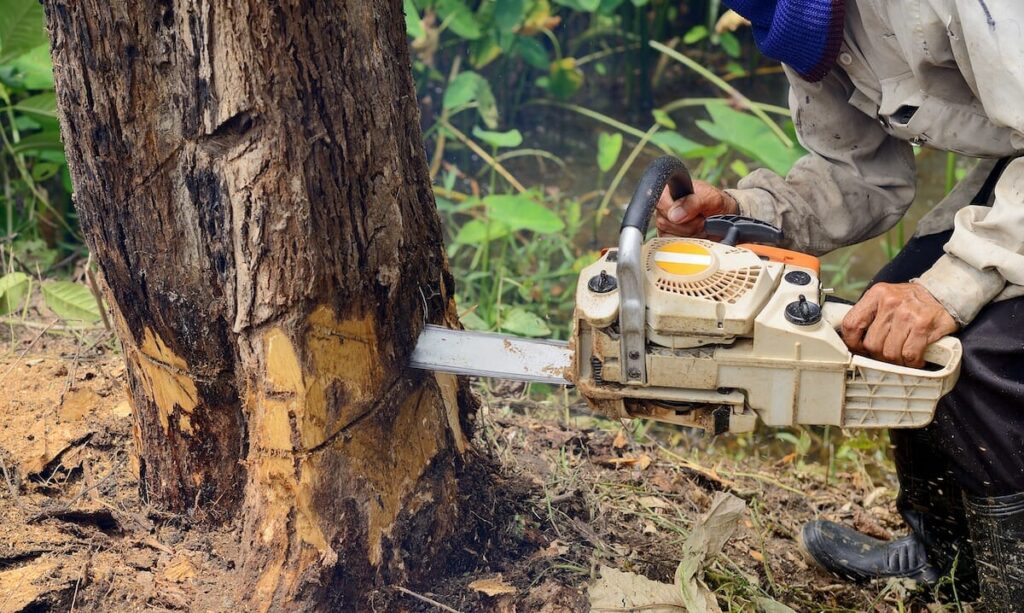Termites are often referred to as silent destroyers due to their ability to chew through wood, flooring, and even wallpaper undetected. Sydney’s humid climate makes it a prime location for these pests, making effective termite control essential for homeowners and businesses alike. In this article, we will explore the significance of termite control, the features of reliable services, preventive measures, and tips for homeowners to combat these destructive insects effectively.
Understanding the Importance of Termite Control
The Dangers of Termite Infestations
Effective sydney termite control involves understanding the importance of professional services, recognizing the features of reputable providers, and actively engaging homeowners in preventative measures. By working together, property owners and professionals can ensure long-term protection against these destructive pests.
Termite infestations can lead to severe structural damage, costing homeowners thousands in repairs. In fact, termites cause billions of dollars worth of damage each year globally. They are notorious for being active and destructive, especially in wooden structures.
In addition to structural concerns, termites can compromise the integrity of essential utilities within a property, causing additional hazards and inconveniences. Often, by the time homeowners notice signs of termites, the damage is already significant, making early detection and preventive measures critical.
Moreover, the presence of termites can also lead to a decrease in property value, which can be particularly concerning for those looking to sell their homes. Potential buyers may be deterred by the prospect of hidden damage and the costs associated with remediation. This makes it imperative for homeowners to not only address existing infestations but also to take proactive steps to prevent future occurrences. Regular inspections and maintenance can serve as a safeguard against these destructive pests, preserving both the safety and value of the home.
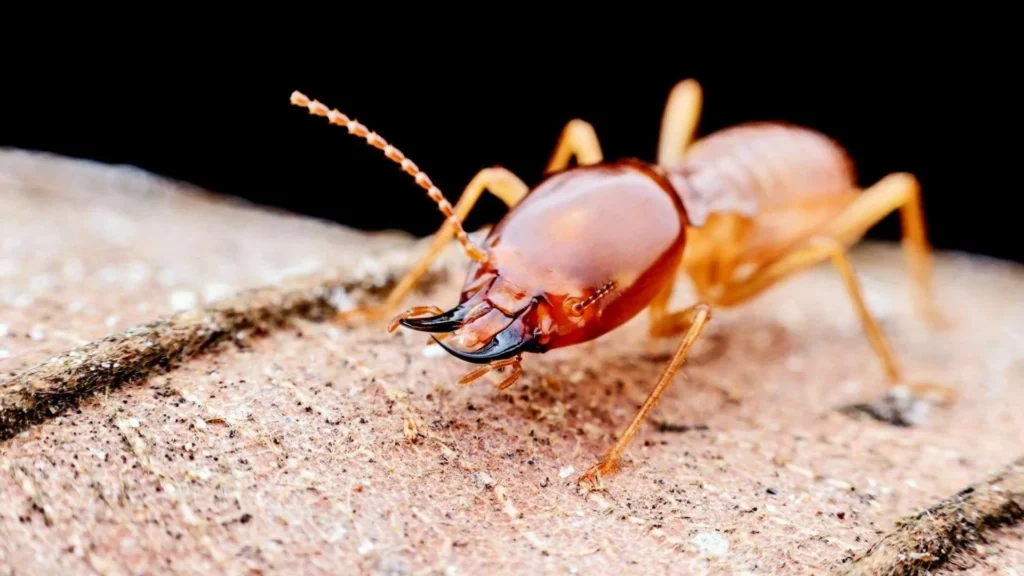
Why Professional Termite Control is Essential
DIY methods may seem appealing and cost-effective; however, they often fail to address the root cause of termite infestations. Professional termite control services possess the experience and tools necessary to identify, treat, and prevent future infestations adequately.
Furthermore, professionals stay updated on the latest techniques and advancements in termite control technology. With their expertise, they can implement effective solutions tailored to individual needs, ensuring long-term protection and peace of mind for property owners.
Additionally, professional services often provide comprehensive inspections that go beyond just treating visible infestations. They can assess the surrounding environment, identifying potential risk factors such as moisture issues or nearby wood sources that may attract termites. By addressing these underlying conditions, professionals can create a more robust defense against future infestations, giving homeowners a greater sense of security. Investing in professional termite control not only protects the physical structure of a home but also contributes to the overall well-being and comfort of its inhabitants.
Key Features of Trustworthy Termite Control Services
Comprehensive Inspection and Assessment
A trusted termite control service begins with a thorough inspection of the property. This assessment uncovers potential vulnerabilities in the structure and identifies current infestations. Inspectors utilize advanced tools and methodologies to diagnose problems more accurately, often looking beyond visible signs.
During the inspection, they also evaluate environmental factors that contribute to termite attraction, such as moisture levels and wood-to-soil contact. This information is vital for formulating an effective treatment plan. Additionally, inspectors may assess landscaping features, such as mulch and vegetation, which can inadvertently create conducive conditions for termite activity. By addressing these factors, homeowners can take proactive steps to mitigate the risk of future infestations, ensuring that their property remains safe and secure.
Customized Termite Treatment Plans
Once the assessment is complete, reputable services provide customized treatment plans designed for the specific needs of the property. These plans may involve baiting systems, liquid treatments, or other methods that are safe for both residents and the environment.
Individualized plans ensure that the treatment not only addresses the current infestation but also considers future risks, creating a comprehensive approach to termite control. Tailoring services to the property’s unique characteristics maximizes effectiveness and minimizes disruptions to the owner’s daily routine. Moreover, these plans often include recommendations for preventative measures, such as improving drainage systems or sealing entry points, which can significantly reduce the likelihood of future termite issues. Read more about the methods of termite control at http://extension.msstate.edu/content/methods-termite-control
Regular Monitoring and Maintenance
Termite control should not be viewed as a one-time solution. Regular monitoring and maintenance play a pivotal role in ensuring long-term success. Trusted services often provide follow-up visits to assess the situation and make adjustments to treatment plans as needed.
Through ongoing assessments, these professionals can catch new infestations early, reducing the risk of extensive damage. Monthly or quarterly visits help keep properties safeguarded, providing homeowners with peace of mind. Furthermore, many termite control companies offer educational resources during these visits, empowering homeowners with knowledge about termite behavior and prevention strategies. This proactive approach not only enhances the effectiveness of the treatment but also fosters a collaborative relationship between the service provider and the homeowner, ensuring that both parties are invested in the long-term health of the property.
Long-Term Protection Against Termites
Preventive Measures for Termite Control
Effective termite control extends beyond treatment; it involves implementing preventive measures to reduce the risk of infestations. Homeowners can take several steps, such as ensuring proper drainage around the foundation, keeping wood piles away from the structure, and using barriers to deter termites.
Additionally, sealing cracks and gaps in walls, windows, and doors can help prevent unwanted termite entry. Regular maintenance of landscaping and gardens to reduce moisture and improve airflow also contributes to termite prevention. It’s also advisable to keep mulch layers to a minimum, as thick layers can retain moisture and create an inviting environment for termites. Furthermore, homeowners should consider conducting annual inspections with a pest control professional, as early detection can significantly mitigate the risk of a full-blown infestation.
Sustainable Termite Control Solutions
In today’s environmentally conscious society, many termite control services offer sustainable solutions that minimize impact on the ecosystem while effectively managing termite problems. These solutions might include the use of natural repellents or eco-friendly baiting systems that are less harmful to non-target species.
Sustainable practices also emphasize preventive strategies and habitat management, ensuring that properties remain unattractive to termites without relying heavily on chemicals. For instance, using nematodes, which are microscopic worms that prey on termites, can be an effective biological control method. Additionally, incorporating physical barriers such as steel mesh or sand barriers during construction can provide long-lasting protection against these pests. Choosing Sustainable Termite Control Solutions demonstrates a commitment to preserving the environment while protecting the home, aligning with a broader movement towards eco-friendly living and responsible homeownership.
Choosing the Right Termite Control Service in Sydney
Factors to Consider When Selecting a Service
When searching for a termite control service in Sydney, consider reputation, experience, and customer reviews. Services that have been in operation for several years often have established methods that yield results. It’s also beneficial to seek out companies that specialize in eco-friendly pest control options, as these can provide effective solutions without harming the environment or your health.
Certifications and licenses also provide assurance of the service’s professionalism and adherence to safety regulations. Furthermore, verify that the company is insured to protect you from potential liabilities during treatment. Additionally, inquire about their approach to ongoing education and training for their staff, as this can indicate a commitment to staying updated with the latest pest control technologies and methods.
Questions to Ask Your Termite Control Provider
Before committing to a termite control service, ask specific questions to ensure they meet your needs. Key questions include:
- What methods do you use for treatment and prevention?
- How do you tailor your services to meet specific needs?
- What guarantees or warranties do you offer?
- How often will you conduct follow-up inspections?
- Are your treatments safe for children and pets?
Getting clear answers to these questions helps in making an informed decision about which service to choose, ensuring you receive high-quality and reliable termite control. Moreover, ask about the timeline for treatment and the expected results, as this can help set realistic expectations. Understanding the service’s approach to customer service and communication is equally important; a responsive and approachable team can make a significant difference in your overall experience.
Additionally, consider requesting a detailed written estimate that outlines the scope of services, costs, and any potential additional charges. This transparency not only helps you budget effectively but also reflects the professionalism of the service provider. Lastly, don’t hesitate to ask for references or case studies from previous clients, as these can provide valuable insights into the effectiveness of the service and the satisfaction of past customers.
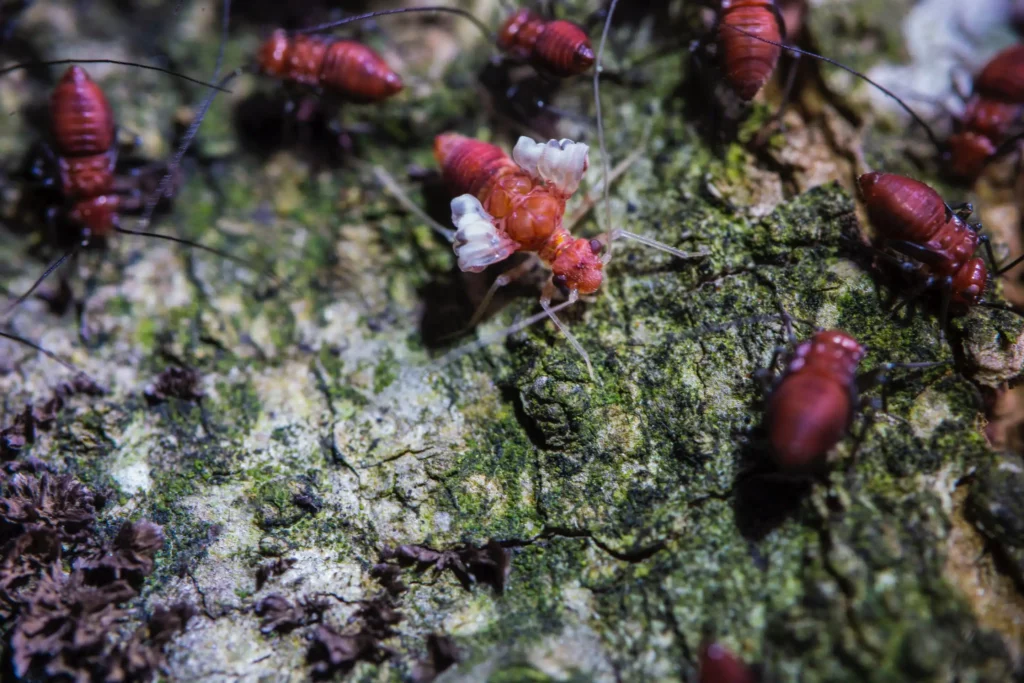
The Role of Homeowners in Termite Control
Tips for Preventing Termite Infestations
Homeowners play an essential role in termite prevention. Regularly inspecting the property for signs of termites and addressing issues immediately can significantly reduce the risk of infestations. Simple measures, such as maintaining a clean yard and eliminating wood-to-soil contact, can prevent termite emergence. Additionally, homeowners should consider landscaping choices that deter termites, such as using gravel instead of mulch near the foundation and ensuring that gutters and downspouts direct water away from the home to prevent moisture accumulation.
In addition, educating oneself about signs of termite activity, such as mud tubes and hollow-sounding wood, can help in early detection. By staying vigilant and proactive, homeowners can significantly contribute to the effectiveness of professional services. Regularly scheduled inspections by pest control experts can also complement a homeowner’s efforts, as these professionals are trained to spot early signs of infestation that may go unnoticed by the untrained eye. Furthermore, implementing physical barriers during construction, such as steel mesh or concrete, can provide an additional layer of defense against these wood-destroying insects. To learn more about preventing termite infestations click here.
Recognizing Signs of Termite Activity
Timely detection is crucial in mitigating termite damage. Homeowners should be aware of several indicators of termite activity, including:
Presence of mud tubes along walls or foundations
Discarded wings from swarmers around windows and doors
Soft or hollow-sounding wood
Frass (termite droppings) that resembles small pellets
If any of these signs are observed, it is essential to contact a professional termite control service immediately to assess the situation and take appropriate action. Homeowners should also be aware that termite activity can vary by season, with swarming typically occurring in the warmer months. Keeping a close eye during these times can be particularly beneficial, as this is when termites are most likely to establish new colonies. Additionally, understanding the life cycle of termites can empower homeowners to recognize when preventative measures are most critical, especially during the peak reproductive seasons.
Similar topic : Finding the Best Termite Control Sydney Experts to Protect Your Property


